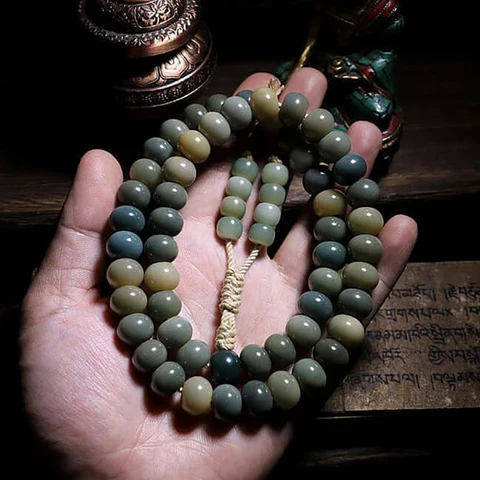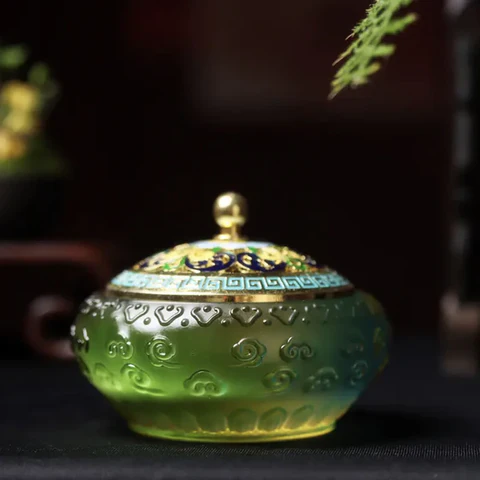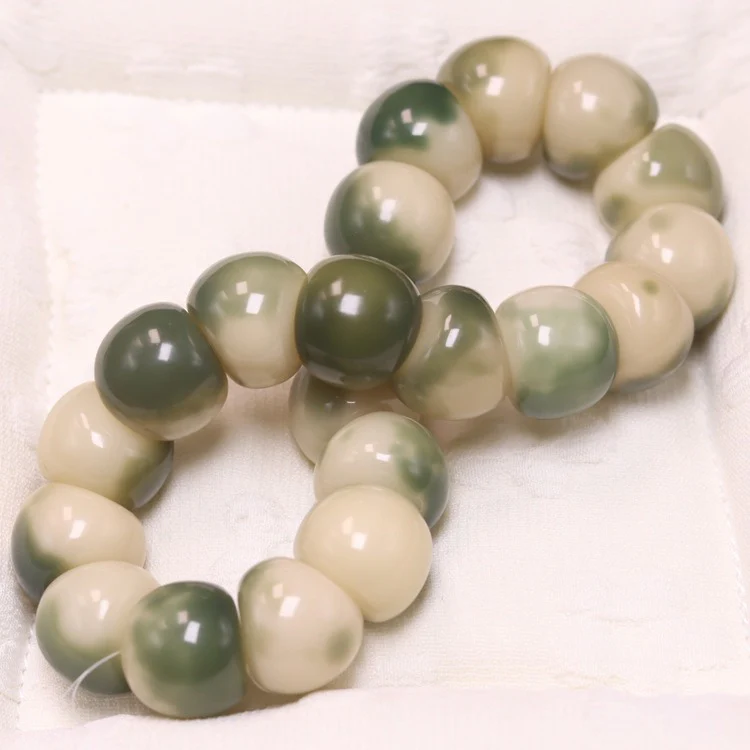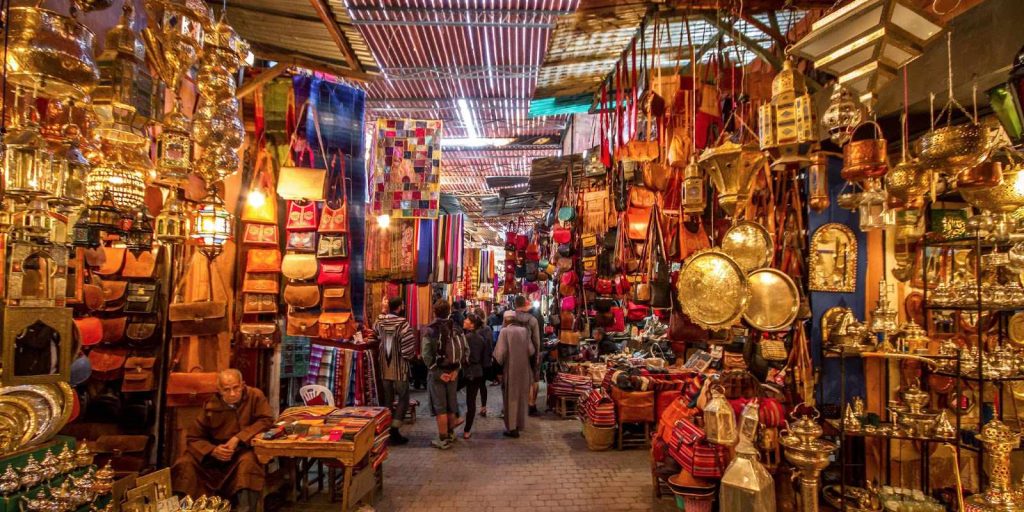- Mon - Fri:
9:00am – 9:00pm
- Call Us:
+1-702-268-6636
- Language:
English
- Currency:
$USD
+1-702-268-6636
English
$USD





Follow us to learn more about energy growth
Introduction
At the heart of Tibetan culture lies a deeply symbolic tradition—the offering of a Khata. This ceremonial scarf is more than just a piece of fabric; it is a powerful expression of respect, goodwill, and heartfelt blessings. In this article, we explore the meaning, origins, and significance of the Khata, as well as how and when it is traditionally offered.

The Meaning of a Khata
A Khata is a traditional ceremonial scarf, typically made of silk, that embodies the values of purity, sincerity, and compassion. The most common Khatas are white, symbolizing the pure heart and positive intentions of the giver. Colored Khatas—such as blue, yellow, or multicolored—may also be used in specific religious or cultural contexts.
Originally rooted in Tibetan and Mongolian customs, the Khata has spread across regions and generations, now recognized as a universal gesture of goodwill. It is presented to honor guests, mark important milestones, or convey blessings during special occasions.
When Is a Khata Offered?
Khatas are offered during a wide range of life events and spiritual moments, including:
In Tibetan culture, the Khata is often one of the first gestures in any meaningful interaction, setting the tone for a respectful and heartfelt connection.
How to Offer a Khata
The act of offering a Khata follows a respectful and symbolic ritual:
The exchange is not just a gift, but a meaningful moment of connection and mutual respect.
Conclusion
The tradition of presenting a Khata is a profound expression of Tibetan values, cultural identity, and human connection. Whether shared during joyful celebrations or spiritual pilgrimages, this simple yet powerful gesture carries timeless meaning. As we learn about the Khata, we also gain insight into the warmth and wisdom that define Tibetan culture—reminding us that sometimes, the smallest gestures hold the greatest significance.
